#Sant'Andrea della Valle
Text
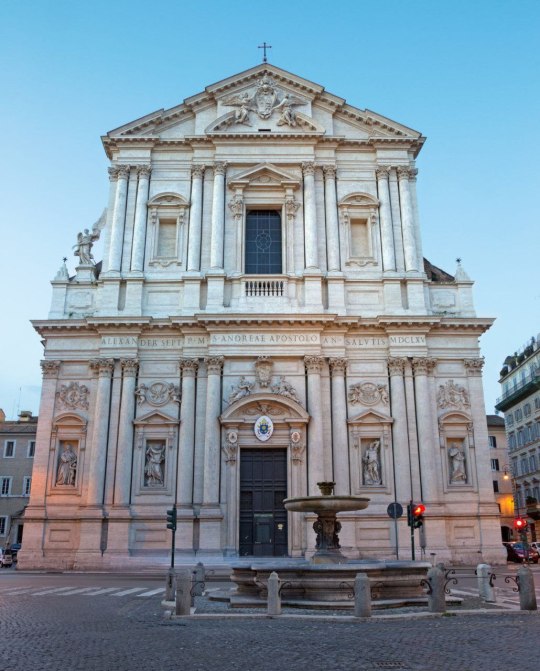
Sant'Andrea della Valle, Rome, Italy
38 notes
·
View notes
Text
Church of Sant'Andrea della Valle 🇮🇹 !.
#Rome#Italy#Sant'Andrea della Valle#downfalldestiny#downfall#life#beautiful places#magical world#magic destinations#magic places#historical buildings
25 notes
·
View notes
Photo
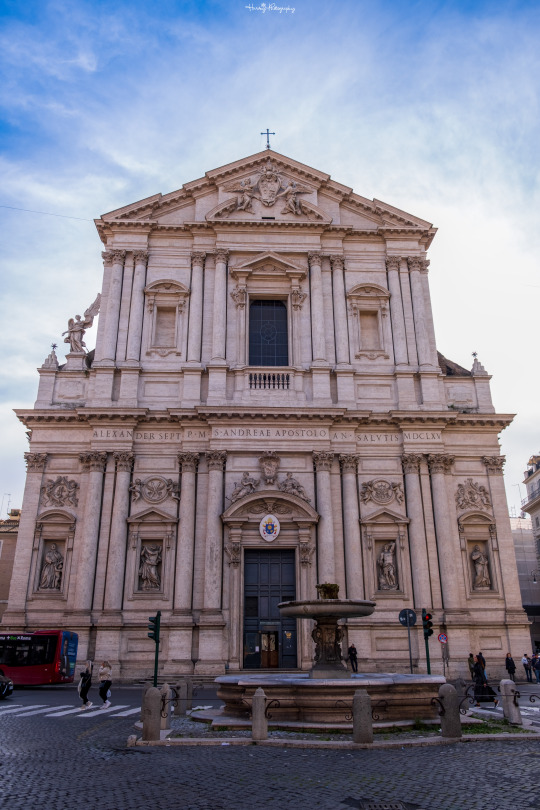
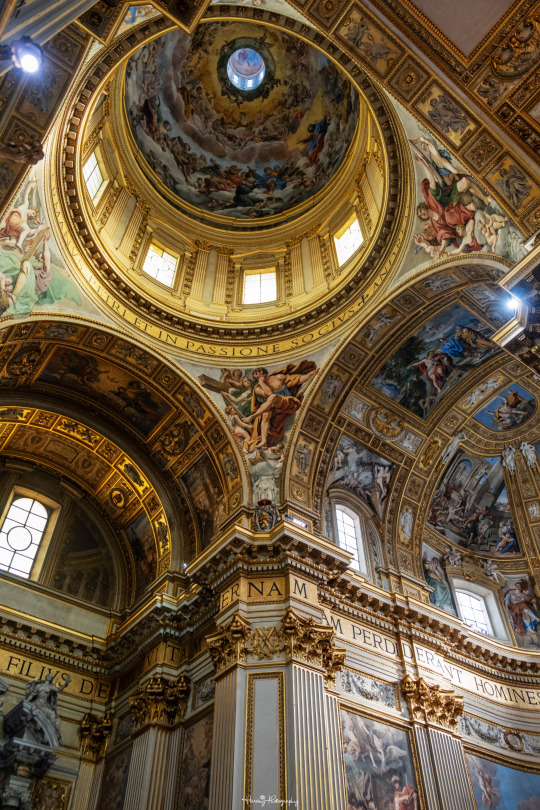



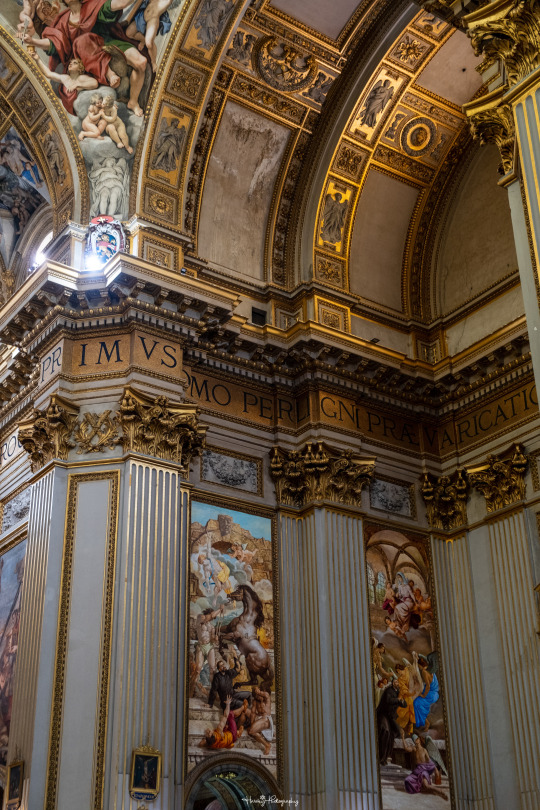
Chiesa Sant’Andrea della Valle - Roma
#lovequoteruns#chiesa sant'andrea della valle#roma#arte barocca#affreschi#fujifilmxt30ii#2320#2321#2322#2323#2324#2325
1 note
·
View note
Text
Ideal Big Verdi Meetup scenarios:
Doing a Tosca Tour in Rome (visiting Sant'Andrea della Valle, Palazzo Farnese, Castel Sant'Angelo)
Attending a dreadful yet entertaining performance of Tosca (bonus points if it's Regie)
At night, in the cemetery of Siena, shovel in hand
13 notes
·
View notes
Text
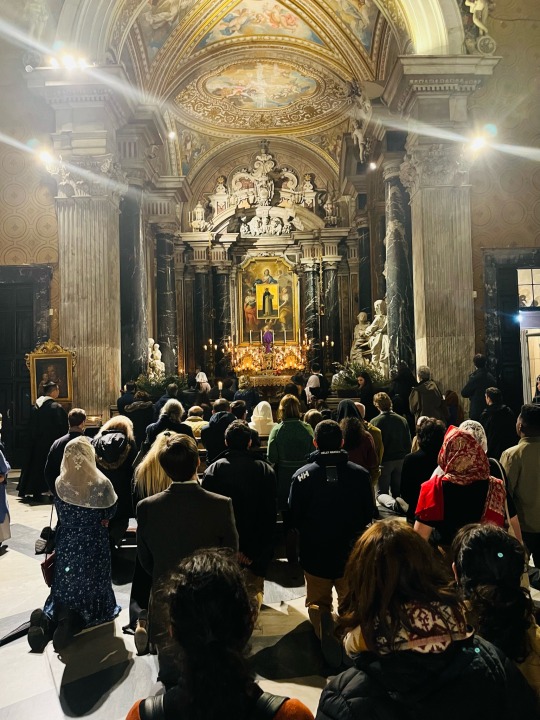






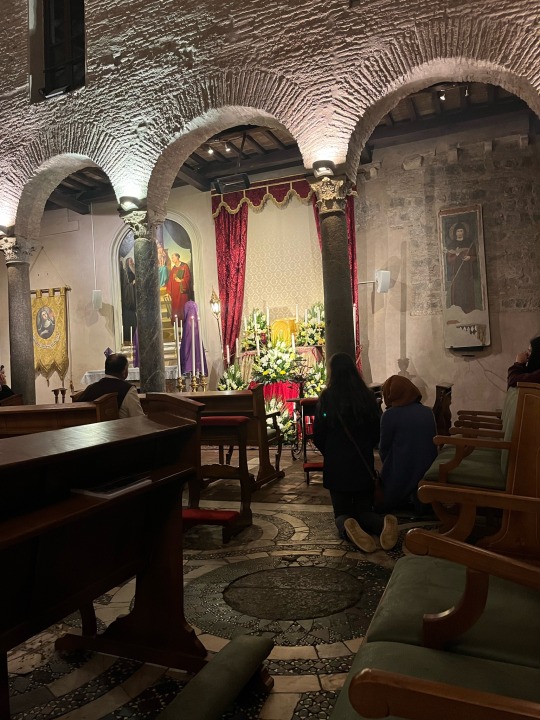
On Holy Thursday the students came together for a 7 Church pilgrimage around Rome visiting the churches of Sta. Brigid, Sant'Agnese, Sant'Agostino, San Luigi dei Francesi, Sant'Ignazio, Sta. Ma. Sopra Minerva oppure, Sant'Eustachio oppure Stigmate di S. Fra., and Sant'Andrea della Valle
0 notes
Text
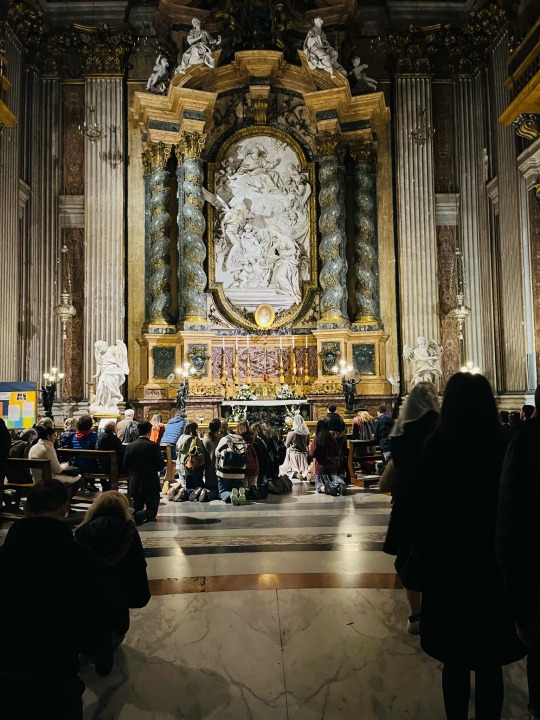
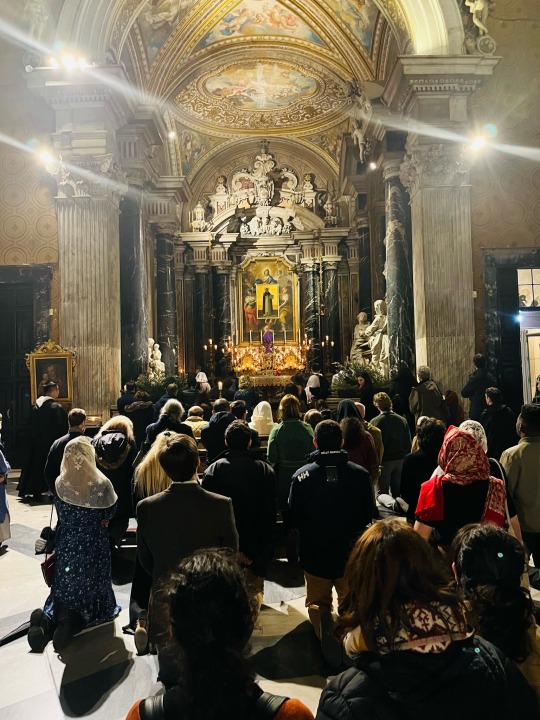
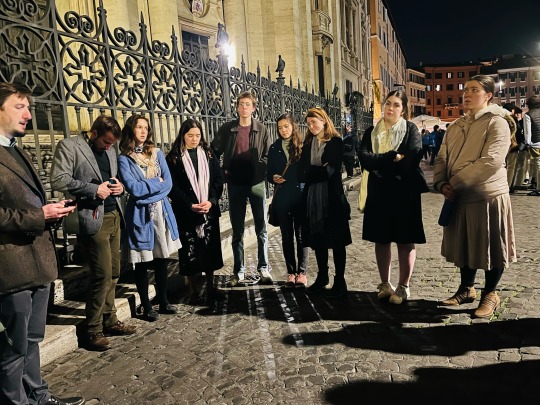
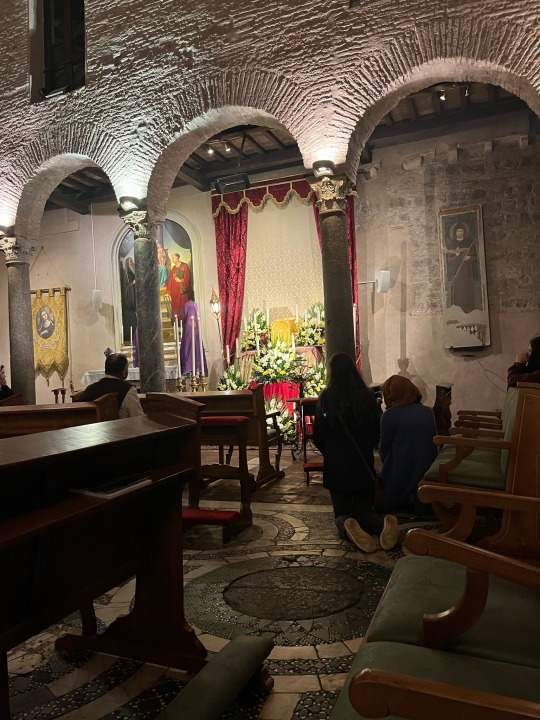

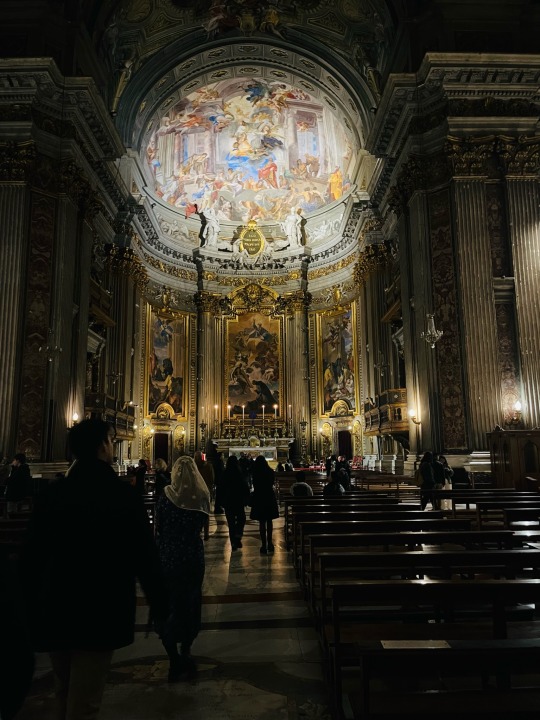
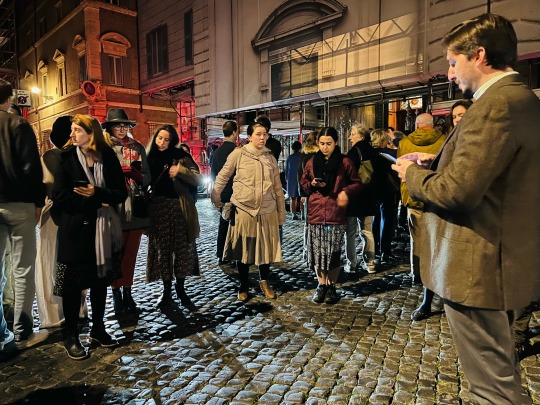

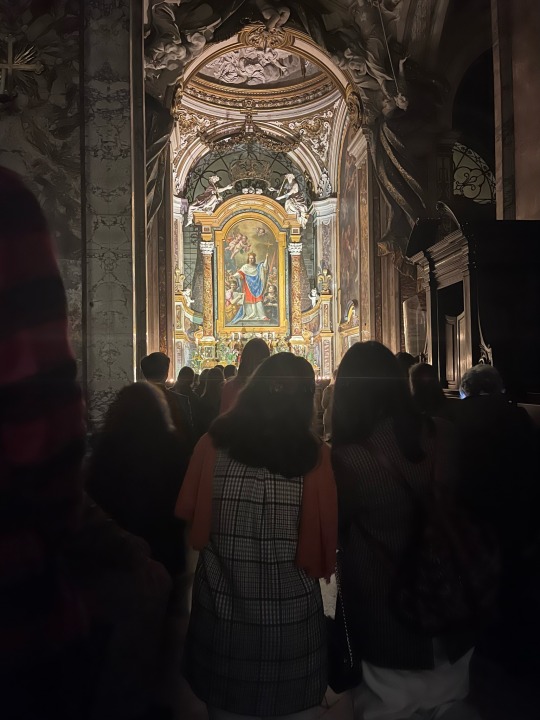
On Holy Thursday, the students partook in a seven church pilgrimage to the churches of:
1. Sta. Brigid
2. Sant'Agnese
3. Sant'Agostino
4. San Luigi dei Francesi
5. Sant'Ignazio
6. Sta. Ma. Sopra Minerva oppure Sant'Eustachio oppure Stigmate di S. Fra.
7. Sant'Andrea della Valle
0 notes
Text
John 1:35-42
Jesus asked 'What do you want?'

Look we have Found the Messiah,
Fresco by Domenichino (Domenico Zampieri, 1581-1641),
Painted between 1622-28
Fresco
© Sant'Andrea della Valle, Rome
Gospel Reading
As John stood with two of his disciples, Jesus passed, and John stared hard at him and said, ‘Look, there is the lamb of God.’ Hearing this, the two disciples followed Jesus. Jesus turned round, saw them following and said, ‘What do you want?’ They answered, ‘Rabbi,’ – which means Teacher – ‘where do you live?’ ‘Come and see’ he replied; so they went and saw where he lived, and stayed with him the rest of that day. It was about the tenth hour.
One of these two who became followers of Jesus after hearing what John had said was Andrew, the brother of Simon Peter. Early next morning, Andrew met his brother and said to him, ‘We have found the Messiah’ – which means the Christ – and he took Simon to Jesus. Jesus looked hard at him and said, ‘You are Simon son of John; you are to be called Cephas’ – meaning Rock.
Reflection on the Fresco Painting
It is always worth reflecting on the questions that Jesus asks in the gospels. They are always questions that he is addressing also to us. In John’s gospel, the opening words of Jesus take the form of a question, the question we find in today’s gospel reading addressed to two disciples of John the Baptist, ‘What do you want?' Jesus is asking after their deepest desires, ‘What are you really looking for?’ would be another way of phrasing this question. By means of this question, Jesus invites all of us to bring our deepest desires to him. And what is our deepest desire? For all of us it is happiness.
Hence Jesus tells the two disciples ‘Come and see’. Indeed by following Jesus, and seeing what he is all about, we will find true happiness. Both the question 'What do you want?' and the invitation of Jesus to 'Come and see' are worth holding onto and pondering over, as we begin this new year.
Our fresco was painted by Domenichino in the choir of Sant'Andrea della Valle, Rome, between 1622-28. Domenichino painted the entire vault of the choir with scenes from the life of St Andrew, set within elaborate stucco frameworks designed by the artist, painting and architecture blending into one. Domenichino was born in Bologna, son of a shoemaker, and there initially studied under Denis Calvaert. After quarrelling with Calvaert, he left for Rome in 1602. There soon after his arrival he was nicknamed Domenichino, meaning "little Domenico" in Italian, because of his small stature. He soon became one of the most sought after artists in Rome. Our fresco depicts the Gospel reading of today, where John the Baptist is pointing to Jesus, flanked by a lamb at his feet. Andrew and Simon Peter are depicted on the right. Their joyous pose expresses they have found the Messiah and their willingness to 'go and see', and follow Christ.
Article by Father Patrick van der Vorst
#read your bible#bible study#biblical#christian blog#jesus#bible fandom#bible reading#bible scripture#christian doctrine#biblical art#religious art#art history#artwork#old art#glorytogod#faith in god#godly living#gospel#godlyquotes#godly wisdom#faith in jesus#follow jesus#belief in jesus#jesusislord#jesus is coming#jesus christ#jesussaves#christ#bible devotions#bible verse
1 note
·
View note
Text

Lantern of the dome of Sant'Andrea della Valle, by Francesco Castelli Borromini, 1621-1622.
📷 by me
#Borromini#BorrominiTour#I lavori del giovane Castelli#baroque architecture#Carlo Maderno#Francesco Borromini#Roma#the little things#but not so little#sole sopra le cupole
0 notes
Text
Roma - Basilica di Sant'Andrea della Valle
A construção do monumental Sant’Andrea della Valle começou em 1591. O plano é baseado em uma cruz latina. Estruturalmente existe uma vasta nave ladeada por oito capelas altas que acentuam o ritmo vertical do edifício. A bela cúpula construída por Maderno foi a segunda mais alta de Roma depois da de São Pedro. Do lado de fora, na lateral da igreja, fica a estátua do chamado “abade Luigi”, uma das…

View On WordPress
#Algunssonhosvividos#Catedral#Cathedral#Italy#Itália#Roma#Rome#Sonhos Vividos#Travel#TravelExperiences
0 notes
Photo

L'église Sant'Andrea della Valle vue du Corso del Rinascimento au petit matin. #santandreadellavalle #corsodelrinascimento #street #streetphotography #streetlife #visitrome #roma #rome #italie #italia #fierdemonfuji (à Rome, Italy) https://www.instagram.com/p/CmwNTdqIxGT/?igshid=NGJjMDIxMWI=
#santandreadellavalle#corsodelrinascimento#street#streetphotography#streetlife#visitrome#roma#rome#italie#italia#fierdemonfuji
0 notes
Photo

Abbiamo vinto premio “Silver” di categoria C, grazie ! ♥️ Corale L’Aquila In Canto @margarethcoda (presso Sant'Andrea della Valle) https://www.instagram.com/p/ClwocUfM1Jk/?igshid=NGJjMDIxMWI=
0 notes
Text
Mapa - Historia 2.
Tema 03: Alberti.
Lugares: Palacio Rucellai, Loggia Rucellai, Basílica de Santa Maria Novella y Basílica de Sant'Andrea della Valle.
https://www.google.com/maps/d/edit?mid=1N2QiCeK2dd89Q39jBJyJ2wnKn8fjIWU&usp=sharing
0 notes
Text

The beautiful Baroque Church of St. Anne in the historic centre of Kraków, Poland, is one of the leading examples of Polish Baroque architecture. The church's history dates back to 14th century. The church was first mentioned in 1381 in the deed of donation of Sulisław I Nawoja of Grodziec. In 1407 the church was completely destroyed during a fire, but it was rebuilt the same year in the Gothic style by King Władysław II Jagiełło. In 1428 the choir was reconstructed and enlarged. By a charter dated October 27, 1535, St. Anne's was raised to the rank of a collegiate church. In 1689 the Gothic edifice was demolished as it proved too small for the growing cult of Saint John Cantius, the patron saint of the Jagiellonian University who's laid to rest there. In 1689-1705 the new Baroque church was erected, modelled on Sant'Andrea della Valle in Rome.The architect was Dutchman Tylman van Gameren, a chief architect at the court of John III Sobieski. The interior stucco decoration is the work of Baldassare Fontana, and the polychromy assisted by painters and brothers Carlo and Innocente Monti and Karl Dankwart of Nysa. The painting of St. Anne in the high altar is the work of Jerzy Siemiginowski-Eleuter, court painter of King John III Sobieski. The 18th-century paintings in the stalls showing the life of Saint Anne are by Szymon Czechowicz. In the transept there is an altar of the adoration of the cross to the left, and the tomb of John Cantius, patron saint of the university, to the right.
(Photography by: Csaba&Bea Our Wanders)
0 notes
Video
youtube
Sant'Andrea della Valle is a minor basilica by DRONE. Arial Views. WOW W...
0 notes
Text
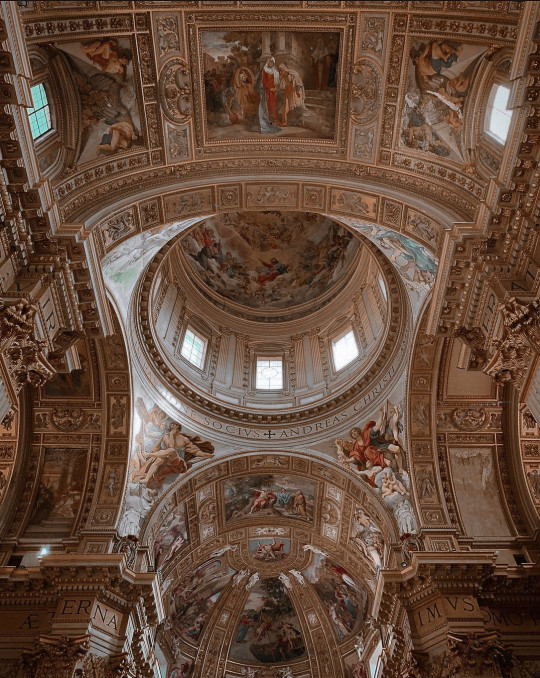
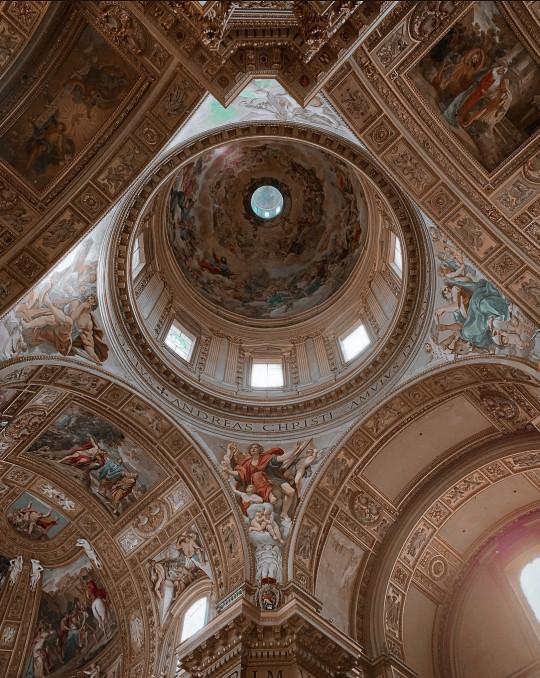
Sant'Andrea della Valle by andrea_comisi.
#Sant'Andrea della Valle#italian architecture#italy aesthetic#italia#italy#made in italy#rome aesthetic#rome#catholic church#basilica#alternative#aesthetic#dark academia#dark academic aesthetic#dark aesthetic#aestheitcs#dark#art#light acadamia aesthetic#light academia
3K notes
·
View notes